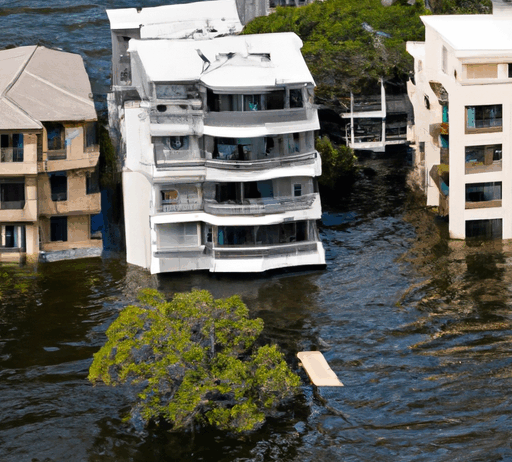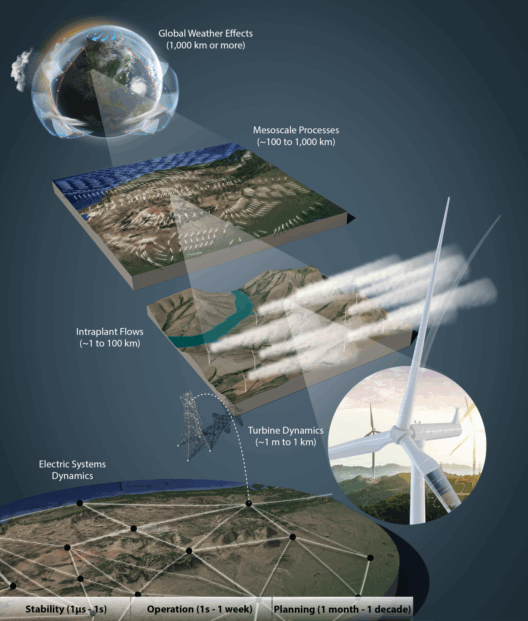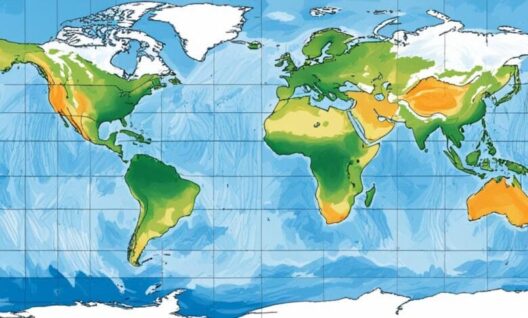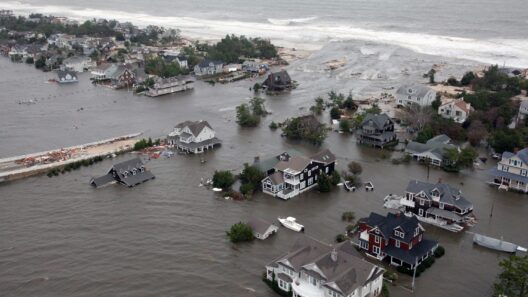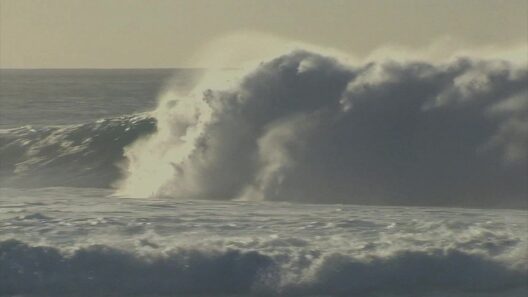Rising sea levels present a myriad of challenges to coastal ecosystems, profoundly altering the intricate balance of life that thrives along shores. As the planet warms, glaciers and polar ice caps melt, contributing to a slow but steady rise in ocean levels. This environmental phenomenon beckons scrutiny to understand its far-reaching impacts on biodiversity, habitat integrity, and the overall health of coastal regions.
Understanding how these changes manifest reveals the complexities of marine and coastal environments. Here, we delve into the multifaceted ramifications of higher ocean levels on coastal ecosystems, highlighting the urgent need for conservation and proactive measures.
Coastal Habitats at Risk
Coastal ecosystems encompass a wealth of habitats including mangroves, salt marshes, and coral reefs, each teeming with unique biodiversity. Rising sea levels threaten to inundate these vital areas with saline water, altering their composition and function. This intrusion of saltwater leads to habitat loss, as sensitive species cannot survive in brackish or fully saline conditions.
Mangrove forests, which serve as essential nurseries for numerous fish species, are especially vulnerable. These trees are adept at trapping sediments and stabilizing coastlines. As seas rise, their ability to function effectively can diminish, leading to erosion and the collapse of these crucial ecosystems. The displacement of wildlife, including endangered species that rely on mangroves and marshes for survival, becomes an unfortunate consequence of rising waters.
Salt marshes serve as a buffer against storms and provide essential breeding grounds for migratory birds. Increased salinity from higher sea levels jeopardizes the delicate plant and animal life that depend on these marshes. Many native plant species may fail to adapt quickly enough to saline intrusion, leading to reduced biodiversity as invasive species seize the opportunity to dominate. A loss of biodiversity decreases ecosystem resilience, making marshes less effective at filtering pollutants and provides less protection against storm surges.
The Coral Crisis
Coral reefs, often referred to as the “rainforests of the sea,” are another crucial component of coastal ecosystems facing imminent threats from rising sea levels. When ocean waters warm as a result of climate change, coral reefs experience bleaching events. Coupled with rising sea levels, which can obstruct vital sunlight needed for photosynthesis, the health of corals further deteriorates. This dual stressor diminishes the reefs’ ability to provide habitats for thousands of marine species, disrupting the entire aquatic food web.
As sea levels rise, the increased sedimentation from coastal erosion can smother coral reefs, exacerbating their decline. This loss not only affects marine biodiversity but also impacts human populations that rely on reefs for fisheries and tourism, undermining the economic stability of many coastal communities.
Freshwater Resources Under Duress
The encroachment of saltwater into freshwater aquifers illustrates another dimension of rising sea levels. Coastal communities often depend on these aquifers for drinking water and agriculture. When these aquifers become salinized, the accessibility and quality of freshwater deteriorate, compelling communities to invest in costly desalination technologies or face water scarcity. As a result, food production suffers, and elevation in the cost of living becomes an all-too-common reality for vulnerable populations.
It is imperative to recognize that the contamination of freshwater supplies poses significant risks to public health. Contaminated water sources can lead to the proliferation of diseases, compounding the challenges faced by coastal communities already struggling with the implications of climate change.
Societal Impacts and the Need for Mitigation
The ramifications of rising sea levels extend beyond ecological impacts; they permeate societal fabrics. Coastal communities often encounter economic instability due to the loss of fisheries, tourism revenue, and property damage from increased flooding and storm surges. Displacement caused by rising waters may lead to climate refugees, forcing families and communities into a precarious existence as they seek safety and stability elsewhere.
Collectively, these challenges not only threaten the existence of diverse organisms but strain the resilience of coastal communities. Effective mitigation strategies must focus on the preservation of critical habitats, the implementation of sustainable management practices, and robust climate adaptation measures. Integrating local knowledge and community engagement is paramount in crafting solutions that respect both ecological and social needs.
Conserving Ecosystem Integrity
Addressing rising sea levels requires a concerted effort to conserve and restore coastal ecosystems. Efforts to increase the resilience of mangroves, wetlands, and coral reefs can have a monumental impact on safeguarding biodiversity. Initiatives can include reforestation of mangrove areas, restoration of degraded marshes, and implementing marine protected areas to minimize human impact on vulnerable ecosystems.
Furthermore, enhancing community awareness and education about the ecological significance of coastal ecosystems can empower individuals to take part in conservation efforts. Community-led initiatives can foster a sense of stewardship and responsibility towards local environments, essential for fostering long-term sustainability.
In Conclusion
The impact of rising sea levels on coastal ecosystems is an urgent environmental issue that cannot be overlooked. From habitat loss and diminished biodiversity to societal disruptions and freshwater crises, the consequences are vast and interconnected. In recognizing the significance of coastal environments, we illuminate the path toward sustainable solutions that prioritize ecological integrity, community resilience, and a commitment to protecting our planet’s most vulnerable habitats. As custodians of the Earth, it is our responsibility to act decisively against the threats posed by rising sea levels, not just for ourselves, but for generations to come.



